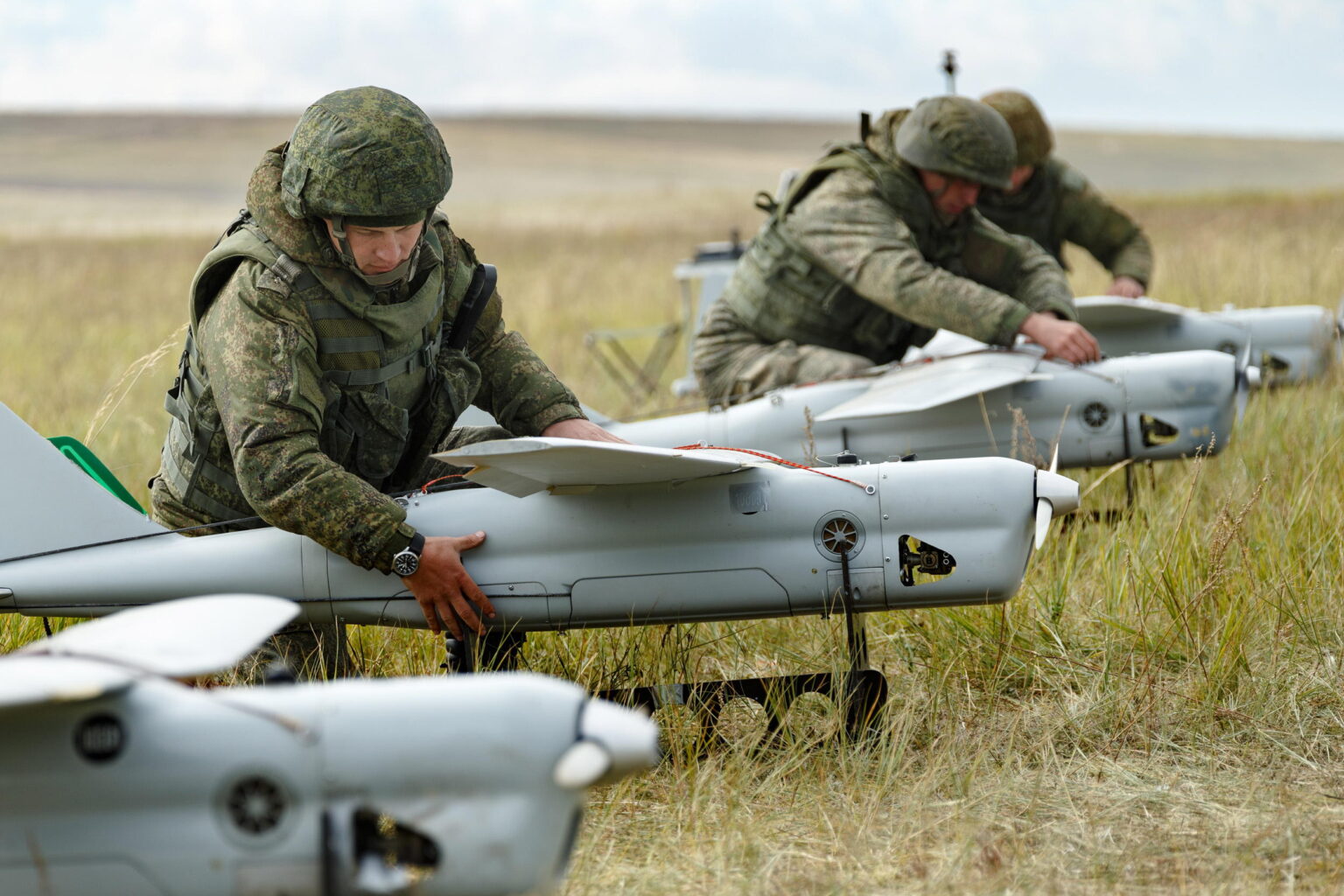Ukrainian Cities Struggle to Defend Against Escalating Swarms of Drones
Russian forces have significantly escalated their drone campaign in Ukraine, launching hundreds of drones and missiles in tightly concentrated nighttime attacks that are overwhelming Ukrainian air defenses and reshaping life across the country.
In Kyiv, nightly raids have become so routine that some families, like the Reshetniks, now sleep in underground parking garages to avoid repeated evacuations. “They’ve been flying like a swarm that doesn’t stop for three or four hours,” said Khrystyna Reshetnik, a mother of three. Her 4-year-old son Olexander has already learned to distinguish between the sounds of cruise missiles and drones.
Russia has deployed up to 479 drones and missiles in a single night in recent weeks, with seven of its largest aerial assaults since the full-scale invasion taking place in just the past month. Analysts say Moscow’s shift to high-altitude drone attacks, often paired with decoys, is stretching Ukraine’s defensive capabilities to the limit.
Domestic Drone Production Fuels Attacks
Central to this shift is Russia’s surge in production of Shahed drones, modeled on Iranian designs. Experts estimate Moscow now produces around 2,700 Shahed drones and 2,500 decoys each month. This allows for near-daily barrages of 300–400 drones, some of which are modified decoys that consume Ukrainian air defense resources despite posing little actual threat.
“These decoys either force Ukraine to spend time identifying them or waste valuable resources shooting them down,” said Christina Harward of the Institute for the Study of War. “Either way, it clears the path for more lethal drones and missiles to strike their targets.”
Strains on Ukraine’s Defenses
Ukrainian officials say about 80% of incoming drones are still being intercepted, a slight drop from previous months. However, the shift in Russian tactics—from low-altitude stealth routes to drones flying at altitudes of 2 to 5 kilometers—has reduced the effectiveness of local ground-based defense units.
Volunteer fighters, including Supreme Court judge Yuriy Chumak, who takes up arms on Kyiv rooftops at night, describe the change as drastic. “We used to have a short window to take them down with machine guns. Now they’re out of reach,” he said.
With machine guns rendered ineffective, Ukraine increasingly relies on costly missiles to bring down drones, but missile stockpiles are limited. Ukraine is also beginning to use drone-on-drone interceptors, though President Volodymyr Zelensky has stressed that financial constraints hinder wider deployment.
Psychological Toll and Uneven Protection
As Russia concentrates its strikes on specific cities—Kyiv, Odesa, Kharkiv—analysts say the new approach is designed to maximize physical damage and psychological impact. “This kind of saturation attack is meant to break morale,” said Oleksiy Melnyk, a former defense official.
Even in the capital, which benefits from stronger air defenses, the strain is palpable. Reshetnik’s children now consider basement shelters and interrupted sleep a normal part of life. “This has become the norm for our children. It hurts my heart,” she said.
In cities closer to the front lines, such as Sumy or Kherson, the situation is more dire. Residents there endure daily attacks with limited protection, as Ukraine’s defense resources are prioritized for major urban centers.
“There’s a ballistic missile coming,” Melnyk said during an interview, rushing to a shelter mid-conversation. “This is the daily life of Ukrainian civilians.”
As the drone war intensifies, Ukraine faces a growing challenge: defending its cities and citizens with dwindling resources against a relentless and evolving air assault.


